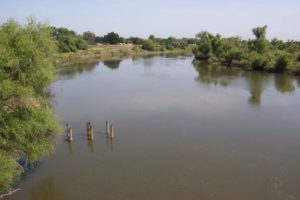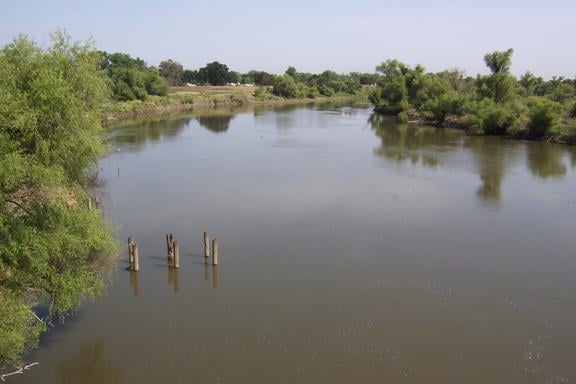The below July 25, 2018 press release is from the American Farmland Trust.
Today [Jul. 25, 2018], American Farmland Trust, in partnership with the Conservation Biology Institute, released a report that identifies the most critical farmland and water supplies to protect in the San Joaquin Valley. Based on the findings of the report, “San Joaquin Land And Water Strategy: Exploring the Intersection of Agricultural Land & Water Resources in California’s San Joaquin Valley,” AFT is launching a multi-year program centered around the development of agricultural land protection, water conservation and groundwater recharge projects in San Joaquin, Stanislaus, Merced and Fresno Counties.

The San Joaquin Valley’s agricultural economy is valued at $34 billion, representing 63 percent of the state’s agricultural revenues, and contributes over 183,000 jobs to California. The region has 6 million acres of farmland and offers scenic landscapes, open space and recreation. The valley, however, faces numerous challenges from water availability, a variable climate, new regulations and a growing population.
To help planners, municipalities and natural resource agencies support the agricultural community, AFT and CBI assessed the capacity and resilience of agricultural production in the valley by looking at the current distribution of high-quality farmland and ranchland along with available water resources. The analysis shows how agricultural land and water resources intersect in the valley and the future impacts these resources face.
“The analysis, with credible and transparent science as its foundation, showed that the highest-quality farmland with the most reliable water resources, about nine percent of the total, is situated around cities and therefore most threatened by development,” said Kara Heckert, AFT’s California state director. “Roughly 323,000 acres of this valuable agricultural land is projected to be converted to low-density urban and rural residential uses by 2050. We need to work together to protect our farmland and our natural resources.”
The study also showed that 1.7 million of the 6 million acres of irrigated land is experiencing high water stress, making the best land with the most secure water supply even more valuable and therefore urgently in need of protection.
As indicated by AFT’s “Farms Under Threat” report released earlier this year, California lost 1.3 million acres of agricultural land to development from 1992 to 2012. Owing to the capacity of farmland to sequester carbon, hold more water in drought, suppress fire and provide for flood control in extreme weather conditions, this past loss makes protecting farmland that much more important to our future.
“Preserving California’s agricultural land to ensure there are local sources of food and fiber is central to the Department of Conservation’s mission. Conserving and enhancing both water resources and our most productive agricultural lands should be important goals for all Californians,” said David Bunn, director of the California Department of Conservation, in response to the San Joaquin Valley report.
Published by Alan Kandel

Every year California loses acres because people want to live here as it is a great place for living. And the younger generation is not willing to maintain family farms.